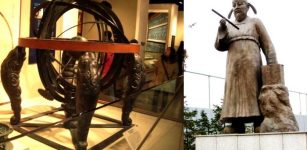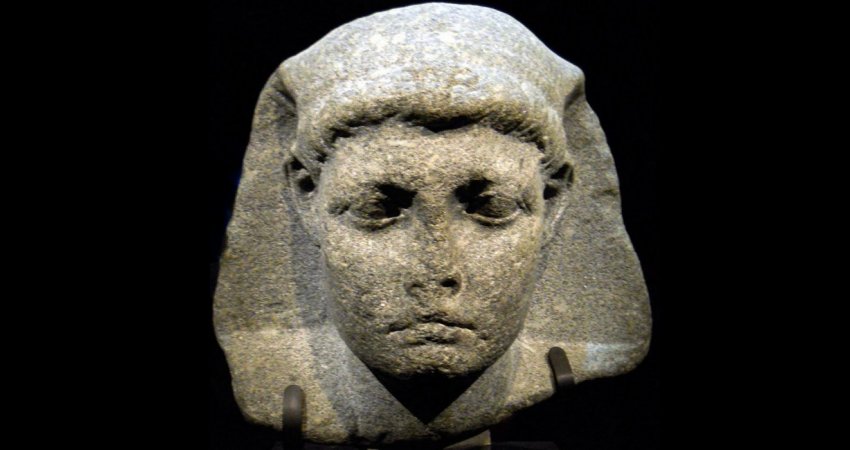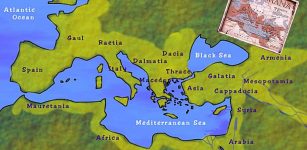Cyrus the Great Cylinder – The Charter Of Human Rights
MessageToEagle.com – Cyrus the Great was “a worthy ruler and lawgiver” according to the Greeks, while the Persians called him “father” and the Jews regarded him as “the Lord’s anointed”.
Cyrus the Great is considered as one of the most outstanding figures in human history. He was an intelligent ruler with diplomatic and military skills, who must be credited for achievements in creating and maintaining the Achaemenid Persian Empire, world’s largest ancient empire.
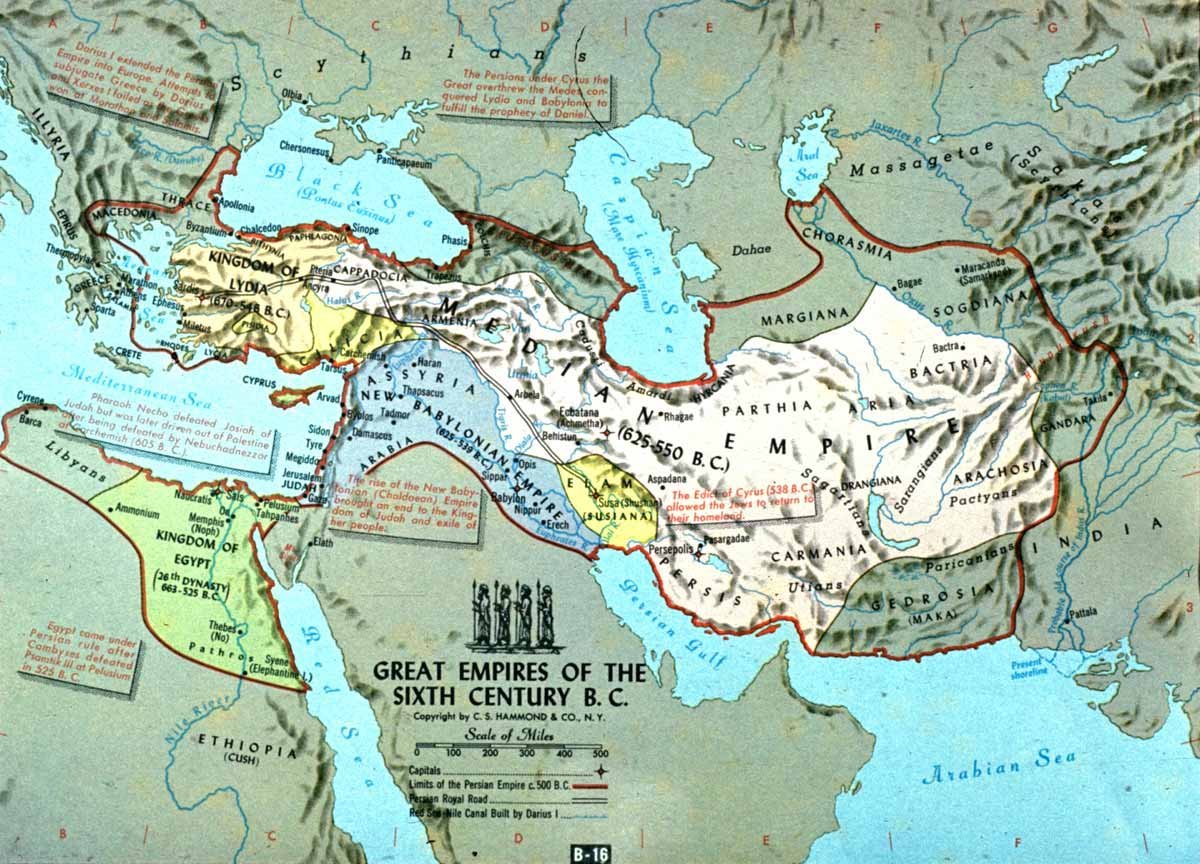
The Cyrus Cylinder, sometimes referred to as the first “bill of human rights,” traces its origins to the Persian king Cyrus the Great’s conquest of Babylon in the sixth century B.C.
Almost 2,600 years later, its remarkable legacy continues to shape contemporary political debates, cultural rhetoric and philosophy.
The Cyrus Cylinder is one of the most celebrated objects in world history. Its replica is kept at the United Nations Headquarters in New York.
“You could almost say that the Cyrus Cylinder is a history of the Middle East in one object, creating a link to a past that we all share and to a key moment in history that has shaped the world around us,” said Neil MacGregor, director of the British Museum.
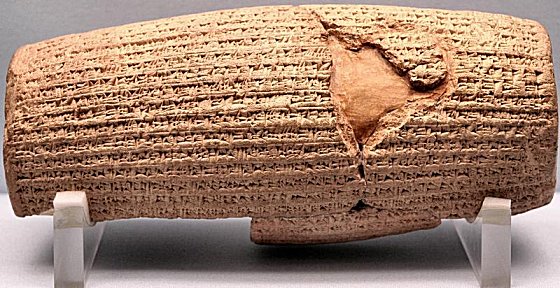
“Objects are uniquely able to speak across time and space, and this object must be shared as widely as possible.”
The Cylinder—a football-sized, barrel-shaped clay object covered in Babylonian cuneiform, one of the earliest written languages—announced Cyrus’ victory and his intention to allow freedom of worship to communities displaced by the defeated ruler Nabonidus. At the time, such declarations were not uncommon, but Cyrus’ was unique in its nature and scope.
When contextualized with other contemporary sources, such as the Bible’s Book of Ezra, it becomes evident that Cyrus allowed displaced Jews to return to Jerusalem.
“Cyrus was the very image of a virtuous rule¬—inspiring leaders from Alexander the Great to Thomas Jefferson—so it is apt that the first time it will be seen in the West is in Washington, D.C.”
Under Cyrus (ca. 580–530 B.C.), the Persian Empire became the largest and most diverse the world had known to that point.
Subsequent generations of rulers considered it to be the ideal example of unified governance across multiple cultures, languages and vast distances.
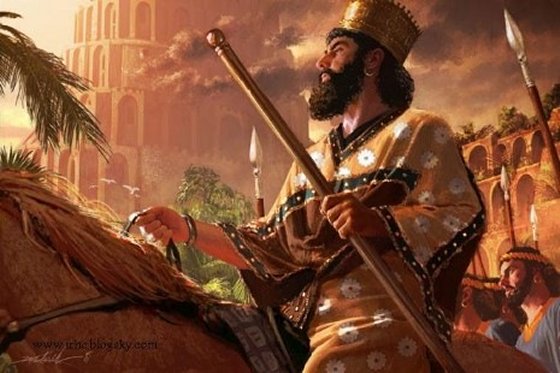
Cyrus’ declarations of tolerance, justice and religious freedom provided inspiration for generations of philosophers and policymakers, from Ancient Greece to the Renaissance, and from the Founding Fathers to modern-day Iran, so much so that a copy now resides in the United Nations’ headquarters in New York.
See also:
Parthians: Their Great Empire And Skilled Horse Archers
Vanished City Of Pasargadae: Capital Of Achaemenid Empire Under Cyrus The Great
Achaemenid Empire Was The World’s Largest Ancient Empire
The message of the Cylinder and the larger legacy of Cyrus’ leadership have been appropriated and reinterpreted over millenia, beginning with its creators. The Babylonian scribe who engraved the Cylinder attributed Cyrus’ victory to the Babylonian god Marduk, a stroke of what could be considered royal and religious propaganda.
In the fourth century B.C., the Greek historian Xenophon wrote Cyropaedia, a text that romanticizes the philosophies and education of Cyrus as the ideal ruler, which greatly influenced both Alexander the Great and, much later, Thomas Jefferson in his creation of the Declaration of Independence.
When the Cylinder was rediscovered in 1879, it immediately entered the fray of public debate as invaluable proof of the historical veracity of events described in biblical scripture. In the early 20th century, supporters of the creation of the state of Israel compared the actions of British King George V to those of Cyrus, allowing Jews to return to Jerusalem. When the Cylinder was loaned to Iran in 2010, it was viewed by more than 1 million people, one of the most visited exhibitions in the country’s history.
“The Cyrus Cylinder and Ancient Persia” includes related objects that highlight some of the artistic, cultural and historical achievements of the Achaemenid Empire (550–330 B.C.) of Iran, such as architectural fragments, finely carved seals and luxury objects from the Oxus Treasure.
Copyright © MessageToEagle.com This material may not be published, broadcast, rewritten or redistributed in whole or part without the express written permission of MessageToEagle.com






